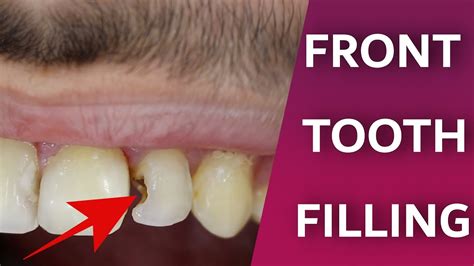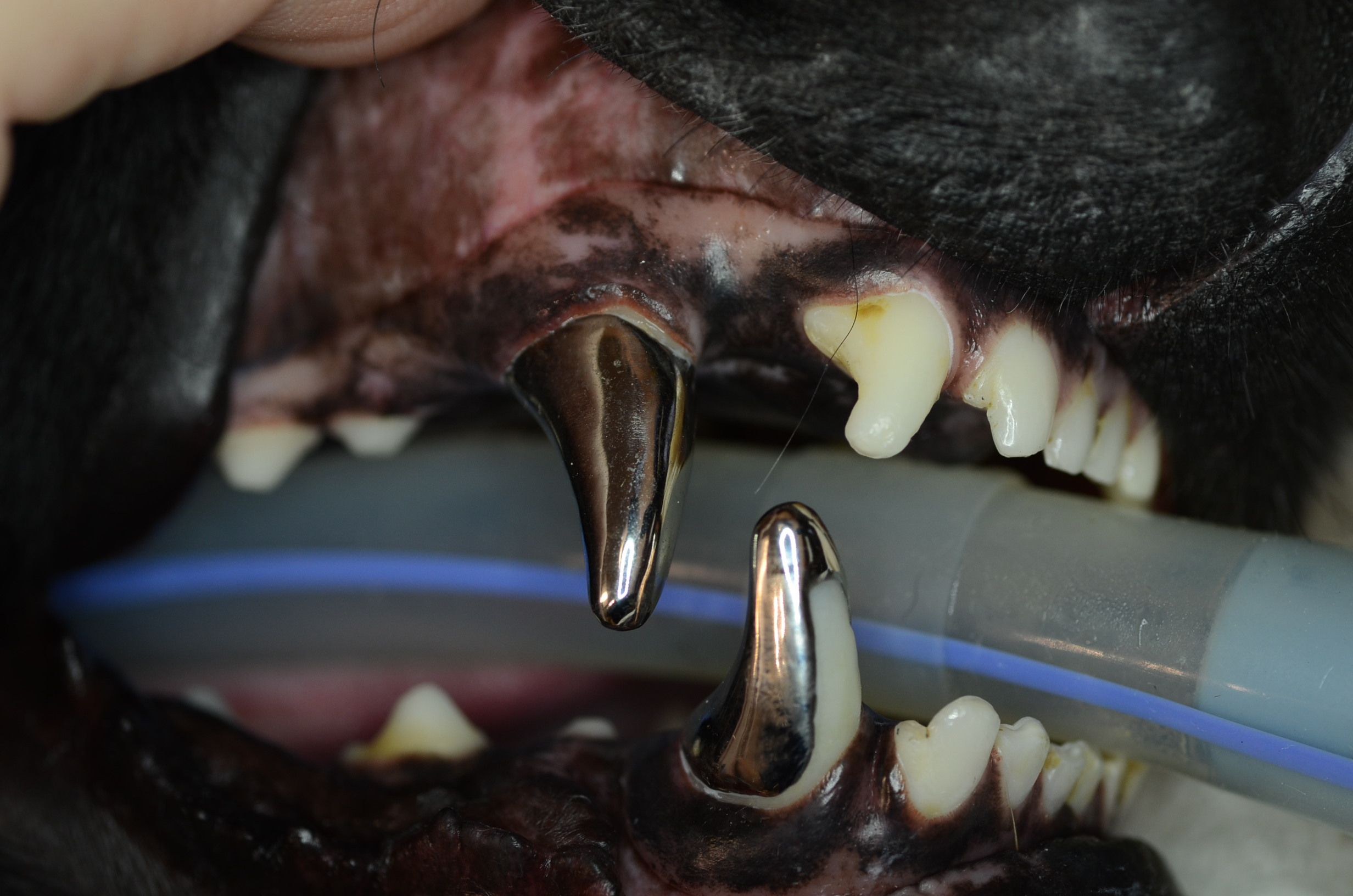Blood Clots Tooth Extraction: Reduce Risk Naturally

The process of tooth extraction, while a common dental procedure, can sometimes lead to complications such as the formation of blood clots. These blood clots are a natural part of the healing process, forming over the extraction site to protect it from debris and bacteria. However, there are instances where these clots can be dislodged or not form properly, leading to a condition known as dry socket. The risk of blood clots and related complications can be reduced with proper care and the use of natural remedies. Understanding the process of blood clot formation after tooth extraction and how to naturally promote healing can significantly reduce the risk of complications.
The Importance of Blood Clots in Healing
After a tooth is extracted, the body’s first step in the healing process is to form a blood clot over the socket. This clot is crucial as it serves as a protective barrier, preventing infection and promoting the healing of the bone and gum tissue. Any disruption to this clot can lead to a dry socket, which is not only painful but also hinders the healing process. Therefore, understanding how to protect the blood clot and support its formation naturally is vital for reducing the risk of complications post-extraction.
Dietary Considerations to Promote Healing
Diet plays a significant role in the healing process after tooth extraction. Consuming foods that are rich in nutrients, especially those that promote blood clotting and tissue repair, can be beneficial. Foods high in vitamin K, such as leafy greens, are known to support blood clotting. Other nutrients like vitamin C, found in citrus fruits and strawberries, are essential for the production of collagen, a protein that gives structure to our skin, bones, and connective tissue, thus aiding in wound healing.
In addition to incorporating the right foods into your diet, it’s also important to avoid certain foods and beverages that could dislodge the blood clot or hinder the healing process. Hot, spicy, or sharp foods should be avoided in the initial days following the extraction, as they can irritate the site or dislodge the clot. Similarly, drinking through a straw should be avoided as the suction can dislodge the blood clot.
Natural Remedies to Reduce Risk
Several natural remedies can help reduce the risk of blood clot complications after tooth extraction. One such remedy is the use of warm saltwater rinses. Gargling with warm salt water several times a day can help keep the extraction site clean, reducing the risk of infection without dislodging the blood clot. This method can be particularly useful when started 24 hours after the extraction.
Another approach is the application of clove oil to the affected area. Clove oil has natural analgesic and anti-inflammatory properties that can help in managing pain and reducing swelling, thus creating a conducive environment for the blood clot to form and stabilize.
The Role of Hydration
Staying hydrated is crucial for the healing process. Adequate hydration helps in maintaining good blood flow, which is necessary for the delivery of oxygen and nutrients to the site of extraction, thus facilitating the formation and stability of the blood clot. It also helps in preventing dehydration, which can lead to concentrated blood that may have a higher tendency to clot abnormally.
Rest and Avoidance of Strenuous Activities
Rest and the avoidance of strenuous activities are also key in reducing the risk of blood clot complications. Physical exertion can increase blood pressure, which may dislodge the clot, especially in the initial stages of healing. Thus, taking it easy and avoiding heavy lifting, bending, or exercise can play a significant role in ensuring that the blood clot remains intact and the healing process progresses smoothly.
Conclusion
While the formation of blood clots is a natural and necessary part of the healing process after tooth extraction, there are steps that can be taken to naturally reduce the risk of complications. By understanding the importance of dietary considerations, the application of natural remedies, the role of hydration, and the need for rest, individuals can significantly minimize the risk of blood clot-related issues. It’s essential to follow the specific post-extraction instructions provided by your dentist, as they are tailored to your specific situation and needs. With the right care and attention, the risk of complications can be reduced, promoting a smooth and uneventful recovery.
What foods should I eat after a tooth extraction to promote healing?
+Foods rich in vitamin K, such as leafy greens, and those high in vitamin C, like citrus fruits, can support blood clotting and tissue repair. Additionally, consuming soft, easy-to-chew foods can help avoid irritating the extraction site.
Can I use natural remedies to manage pain after tooth extraction?
+How can I prevent the dislodgement of the blood clot after tooth extraction?
+Avoiding hot, spicy, or sharp foods, not drinking through a straw, and refraining from strenuous activities can help prevent the dislodgement of the blood clot. It’s also important to follow your dentist’s instructions carefully.

